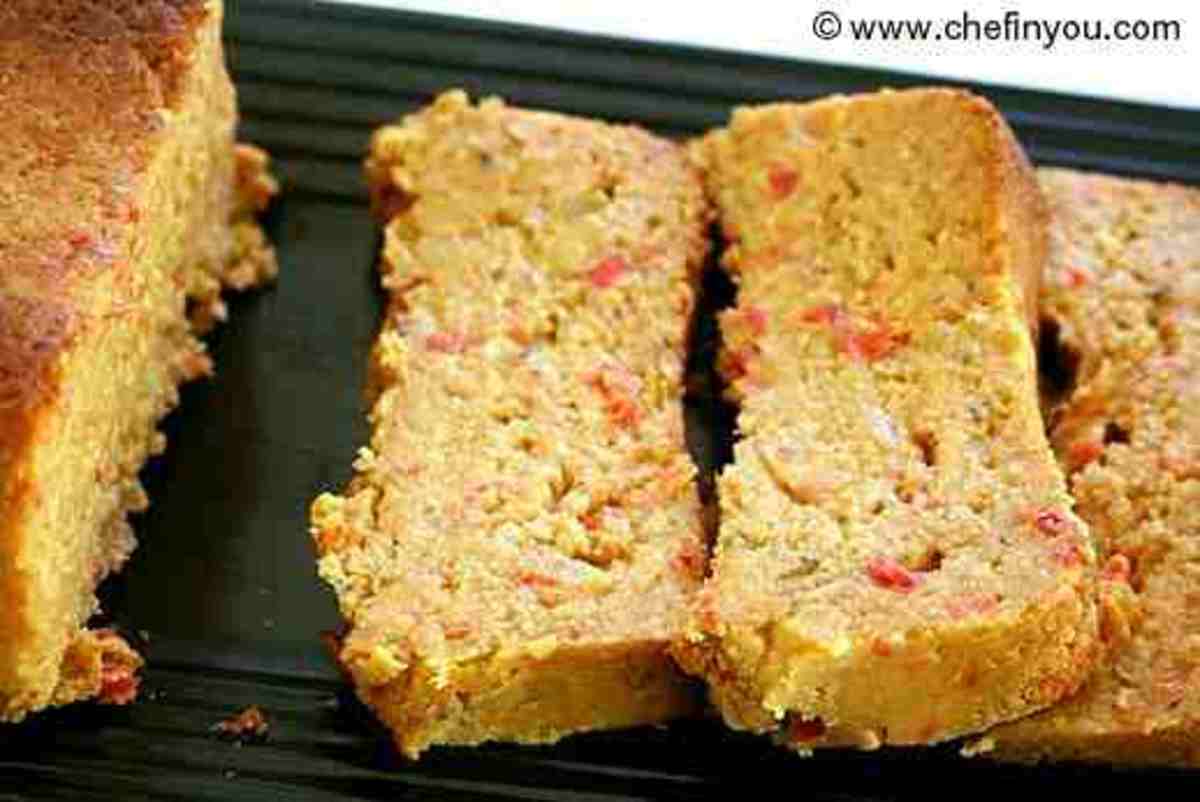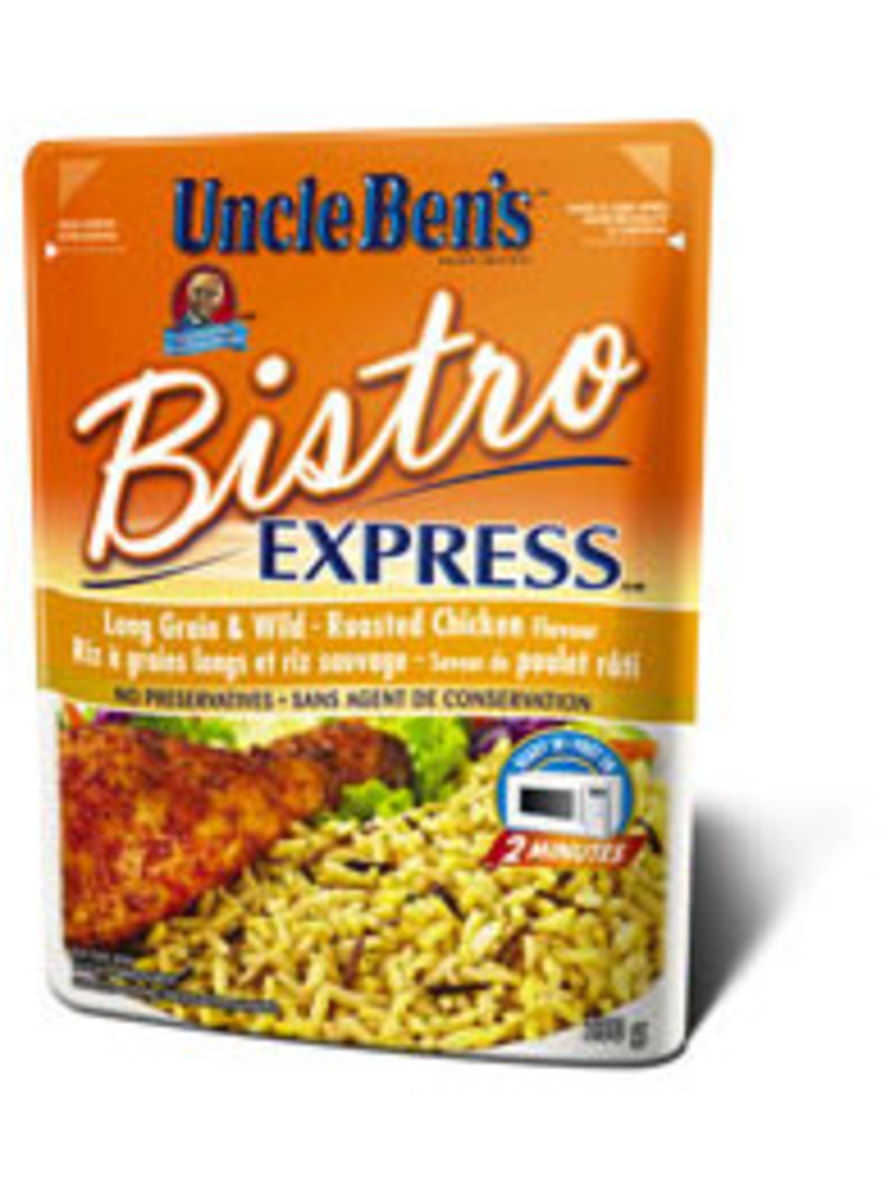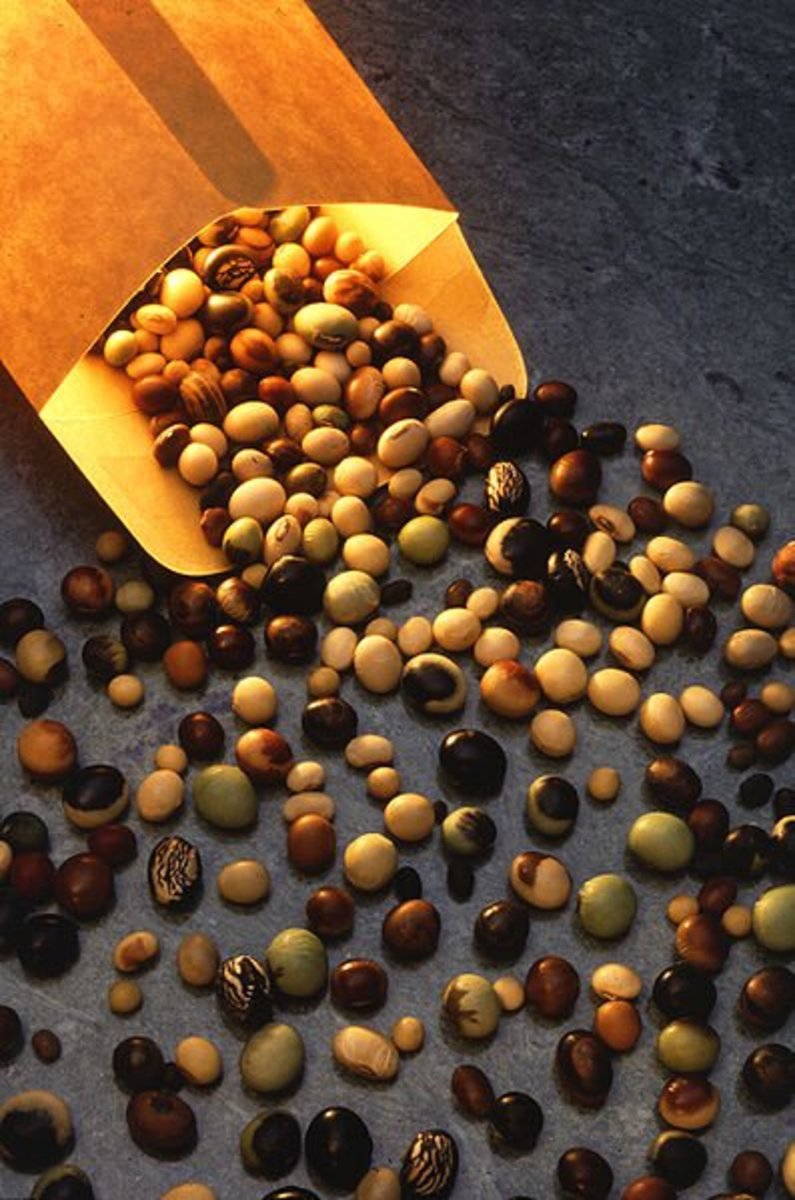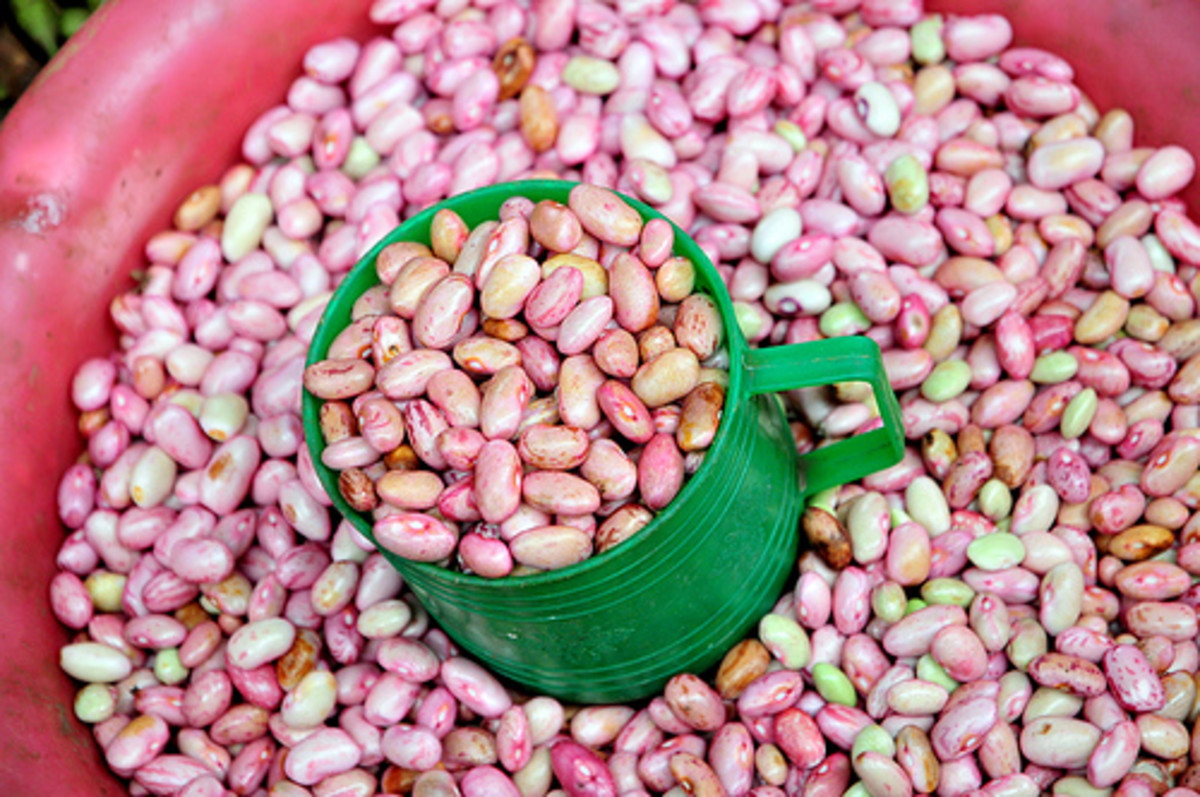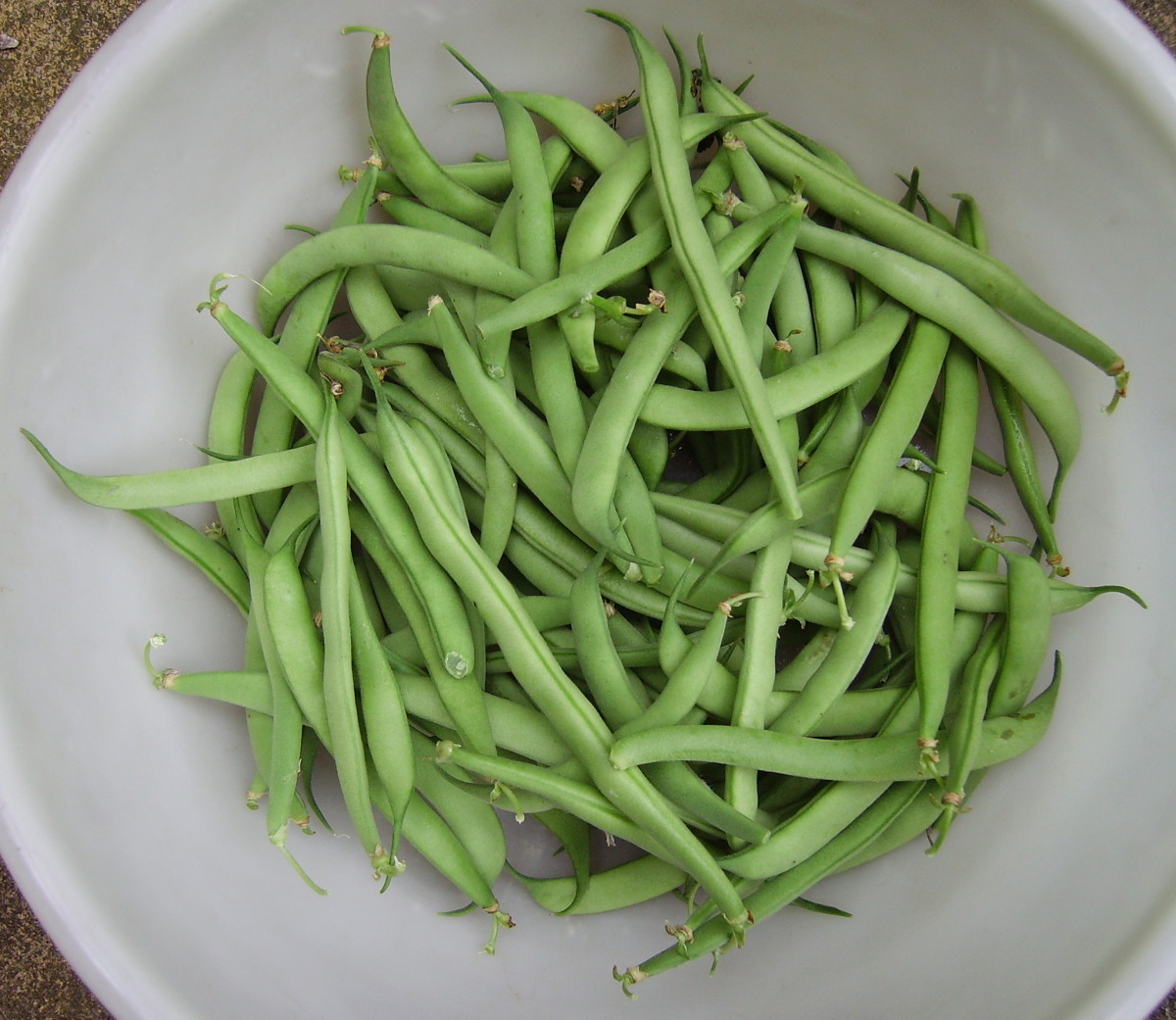- HubPages»
- Food and Cooking»
- Cooking Ingredients»
- Vegetable Ingredients
Beans and rice: protein for vegetarians

Can vegetarians get complete nutrition if they never eat meat? You bet. And all it takes are two simple, timeless ingredients.
Muscles, blood, and bones are built from basic elements found in protein. These elements are called amino acids, and there are 22 of them that the human body needs to keep the factory in business. The body can make many of these building blocks for itself. There are nine essential amino acids, though, that only come from food.
Meat is a complete protein. Like a bookshelf from Ikea, it has all the parts in one neat kit. There is no single non-animal food that packs in all nine essential aminos. Lucky for vegetarians, protein comes from many sources. You don’t need an all-in-one kit to build a bookshelf.

Beans and rice, diet staples since the first folks learned how to farm, each have their own share of amino acids. It’s a mix and match. Eat them together in one meal, and they combine to make complete proteins.
No meat required.

Dozens of types of beans are grown across the globe. Here is a short list of the most common and healthiest:
- Black beans
- Pinto beans
- Navy beans
- Kidney beans
- Lima (butter) beans
Don’t hesitate to stockpile beans. Canned varieties have a shelf life that can stretch as long as five years, under the right conditions. That is, the standard Cool Dry Place. Dry beans can be stored even longer; sealed in an airtight container and kept out of the light, they can survive for an amazing twenty years or more, without losing any of their nutritional benefits.
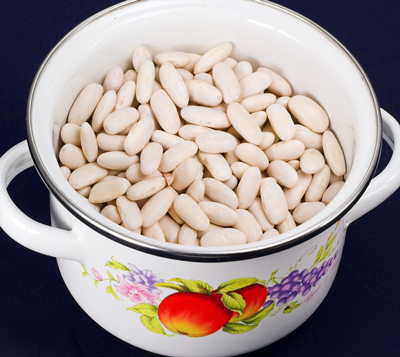
Canned beans are much more quick to prepare than dry. The downside of precooked beans is a higher level of sodium, added during the canning process. Also, since they are cooked in the can, there is no way for the complex sugars in the beans to escape. (Fermenting sugar is the cause of the dreaded musical toot.) Rinse canned beans very well before using them to wash away as much of the residual sodium and sugars as possible.
Plan far ahead to cook dry beans. They need to soak overnight to soften. The soak time can be shortened by briefly boiling the beans first, but there is a risk of food poisoning because they still need to sit for several hours. The elevated temperature is a better environment for bacteria than cool water.
You’ll notice foaminess forming on the top of the water; this is the sugar escaping. Dry beans cause less gas than canned beans. Sugar is water soluble, and the more you rinse away, the less there is to ferment after you eat it.
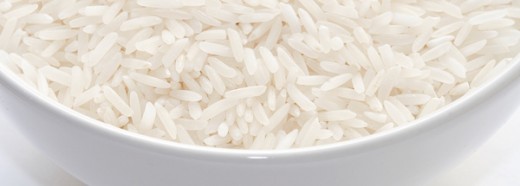
How can rice be “instant”?
Instant rice is not a special variety. It’s merely rice that has been precooked, then dehydrated. It’s popular because it is quick and very easy to cook. It’s unpopular because it is bland and chewy.
Cooking conventional rice is not as difficult as it seems; just plan ahead for it. Instant rice is better than none at all, but if you do the easy prep work and cook up some real rice, you’ll see a major improvement in texture and flavor. Nutrition, too. Give it a shot!
There are thousands of varieties of rice. Here are the basics:
Long grain rice cooks up fluffy. After it is cooked, the grains don’t stick together. This type of rice is best for side dishes, stir frys, and pilaf.
Medium grain rice is moist and tender, also good for side dishes, and for soups.
Short grain rice is used to make sushi, rice balls, and risotto. It is very sticky, and has a good strong flavor.
Brown rice and white rice are not separate varieties; they are just milled differently. Whole grain brown rice gets its color from a layer of vitamin rich bran, which is ground off to produce white rice. While brown has more nutrition and better flavor, it takes longer to cook and must be refrigerated so the oils in the layer of bran don’t get rancid. White has a much longer shelf life - 25 to 30 years, when stored properly. To compensate for the loss of the healthy bran layer during milling, white rice is often fortified.
Some folks say that cooking rice is an art form. These are the folks who don’t like to share the two simple rice cooking secrets. For outstanding results, follow these steps:
Rinse. Wash away excess starch and any possible residue pesticides. Use a large pot; ideally, you want three times as much water as rice while you’re rinsing it. Get right in there with your hands and really work it. Drain the rinse water, and repeat. If the water is not running clear after the second rinse, go ahead and do it a third time.
Soak. Let it sit in fresh water before you cook it up. The grain will relax, and the rice will need less time on the stove. Soaking is the key to cooking rice with the best texture. Thirty minutes is a good start for regular white rice, but it can go as long as 10 hours. (Hint: set it up before you go to work, and it will be ready & waiting for you when you get back home.)
Once the secret prep work is done, cook the rice in a heavy pot. Use a little less water than the standard 2:1 ratio, so it won’t get mushy and soggy. Don’t boil the water before you add the rice, and no peeking - if you lift the lid, the steam will escape before the job is done.
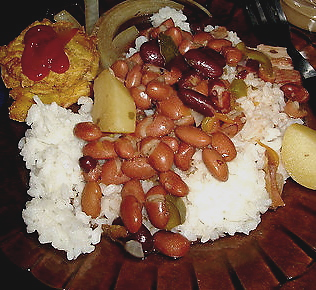
Beans and rice have been fueling us since the days of the first farmers. Every major culture has a variation of this simple mix of staple ingredients. Whether you are a vegetarian or not, a meal of beans and rice is incredibly healthy.
© 2010 wyanjen at HubPages
Beans and rice: protein for vegetarians


